Nobody Wants Manual Gearboxes, Says Hyundai
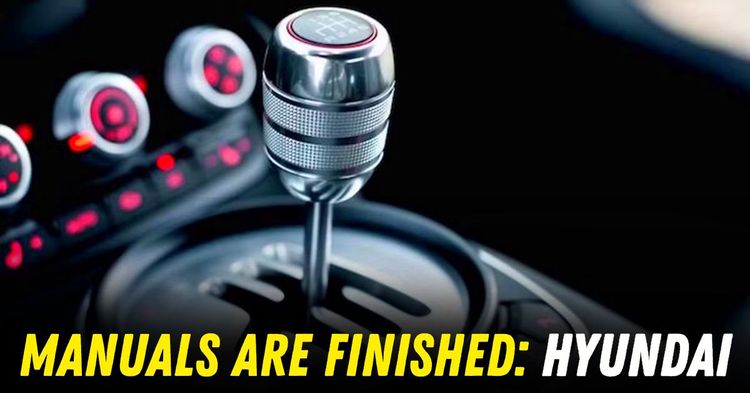

Hyundai’s latest statement on the death of manual gearboxes is both blunt and telling. According to the brand’s Europe technical boss Tyrone Johnson, almost nobody wants to drive stick anymore. This might come as a surprise to some purists still holding onto their gear levers, but for many across markets like India, the shift away from manual transmissions has been years in the making.
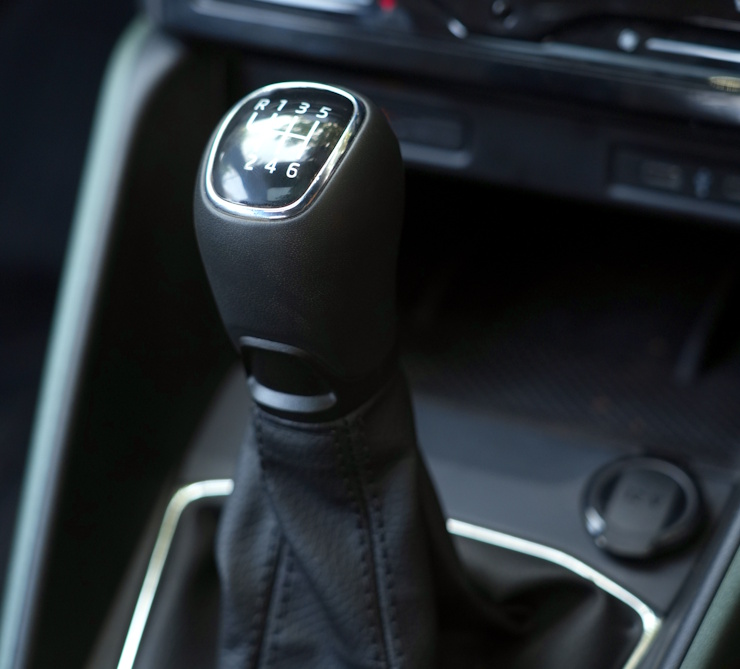
The automaker’s head of performance vehicles recently admitted that fewer than a third of their buyers opt for manual versions even on enthusiast-focused models. It’s not just the hot hatches that are making this move. Family cars, compact SUVs, and even hatchbacks are now sold increasingly with automatic or semi-automatic transmissions. The convenience factor has become impossible to ignore.
In a country where manuals were once the standard, the trend is quietly but clearly shifting. In cities where traffic rarely allows a car to go beyond second gear for long stretches, fewer drivers are willing to deal with constant clutch action. The fatigue of bumper-to-bumper traffic, combined with increasingly affordable automatic options, has turned what used to be a skill into an inconvenience.
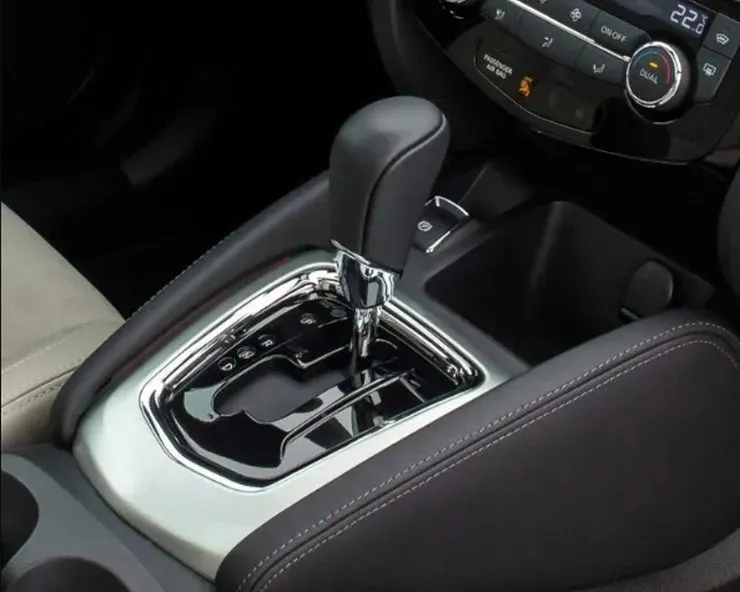
Hyundai’s position is not just a marketing decision. Building and certifying cars with both manual and automatic options is expensive. It adds to manufacturing complexity, testing requirements, and inventory overheads. And if fewer people are buying the manual version, the cost of keeping it alive starts to outweigh the business case.
In India, while entry-level hatchbacks and budget sedans still sell in manual form, the shift is most visible in the SUV segments. Models like the Hyundai Creta, Kia Seltos, and Maruti Grand Vitara are seeing rising demand for their automatic trims, especially those equipped with torque converters or CVTs. The smoother driving experience, better integration with new driver-assist features, and the growing acceptance of automatics across age groups has played a major role in this transition.
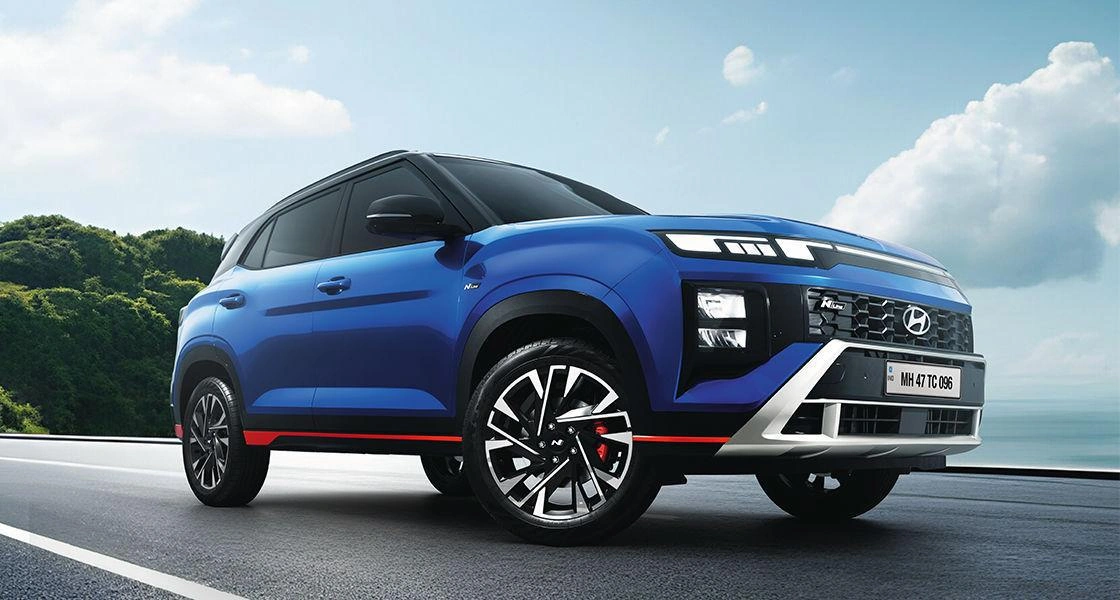
Hyundai has also begun looking at creative ways to retain some of the thrill of manual driving in its performance-oriented electric cars. One such effort is a simulated manual mode in electric cars like the Ioniq 5 N, where the driver uses paddle shifters to mimic gear changes. The system even adds artificial engine sounds and momentary torque interruptions to simulate the feel of shifting through gears. It’s a sign of where the industry is headed - towards an experience that feels familiar but is completely digital under the surface.
Among driving enthusiasts, there’s still a sense of loss. The manual gearbox has always stood for control, engagement, and mechanical purity. Learning to drive a manual was almost a rite of passage for generations. But the reality is that times have changed. Younger drivers are growing up with automatic scooters, EVs with no gears, and ride-hailing apps that remove the need for any kind of driving skill altogether. For many, the joy of driving is less important than the ease of getting from one place to another.
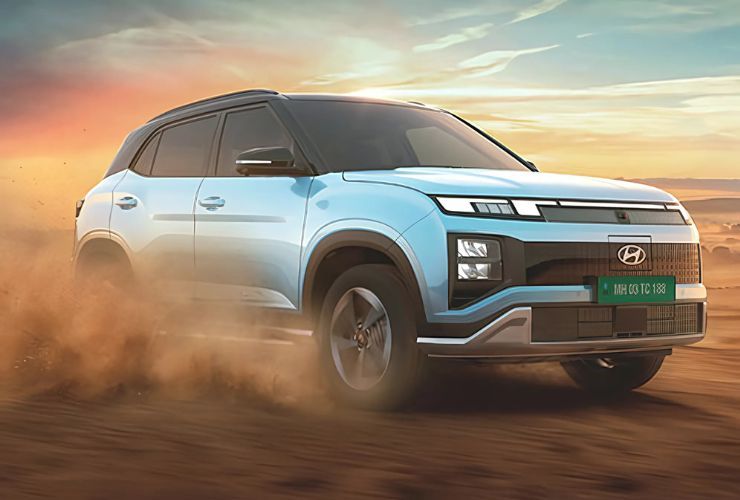
Hyundai’s blunt message may have raised eyebrows, but it only reflects what the numbers have been saying for years. Manuals are on their way out, and it’s not just in Europe or the United States.
Even in India, where manuals ruled the roads for decades, the market is following the same curve. There will still be a few manual options for enthusiasts and price-conscious buyers, but they’ll increasingly be the exception, not the rule.
For a generation that has grown up with the hum of engines and the rhythm of shifting gears, this shift marks the end of an era. But for those looking forward, it’s just one more step towards a smoother, simpler way of driving.